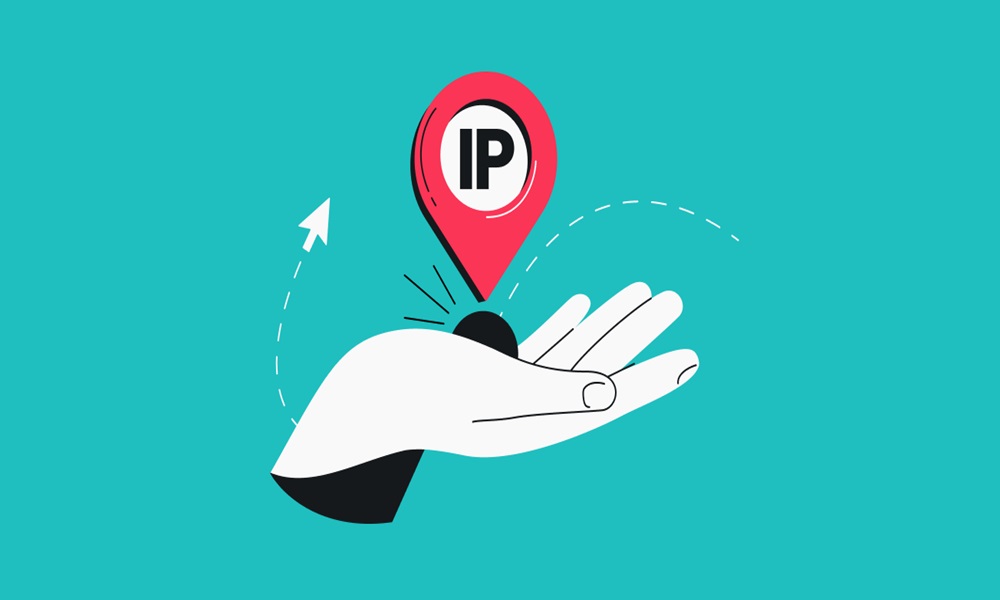The Internet has become a critical tool for communication, collaboration, and productivity. However, this reliance on connectivity also comes with risks of outages, lag, and downtime severely impacting both businesses and individuals. This is where IP booters come into play. IP booters, also known as stressers or booter services, allow you to perform Distributed Denial of Service (DDoS) attacks on internet-connected systems and devices. They work by overwhelming targets with fake traffic, eating up bandwidth and resources until the system crashes or becomes inaccessible to legitimate users.
- Accessible for rent – Booter services are offered for monthly rental fees, often just a few dollars. This easy availability makes them prone to misuse.
- Powerful but flawed – Booters leverage weaknesses in internet infrastructure to multiply the effect of attacks significantly. However, the flood of packets is still fake and easy to identify.
- Mostly used for disruption – The main goal of consumer-grade booters is to disrupt connectivity, not exfiltrate data or infiltrate systems. Still, the causes of the outage can cost businesses dearly.
Understanding DDoS protection
To defend from DDoS attacks, organizations need DDoS protection solutions, whether network or cloud-based. These solutions monitor incoming traffic and filter out anomalies to maintain connectivity. Key capabilities effective DDoS protection offers.
- Real-time attack detection by analyzing traffic patterns
- Confirming attack using multiple threat intelligence feeds
- Filtering and blocking bad traffic while allowing good traffic
- Maintaining connectivity by absorbing or redirecting attack influx
- Providing alerts, reports, and analysis of attacks for forensics and planning
Using IP booters responsibly
IP booters are marketed towards gamers and hobbyists to stress-test their networks and disrupt others. However, the latter is dangerous misuse and can attract civil and criminal charges.
- Only test on your networks after getting written permission
- Do not use them for uptime guarantees – legitimate load testing services are better
- Check applicable laws. Many regions restrict denial-of-service style testing.
- Look for booters committing to lawful testing purposes only
Enabling peak performance
While booters enable attacks, next-gen DDoS protection services leverage similar large-scale cloud infrastructure to absorb massive floods, filter traffic, and nullify their impacts. Combining these with real-time monitoring and mitigation technologies creates robust shields tailored to individual networks. Some ways reliable DDoS protection provides peak performance.
- Minimal downtime – By absorbing attacks away from the main infrastructure and keeping networks online
- Quick failover routing – Detect attacks and instantly switch over traffic transparently
- Optimized connectivity – Filter only bad traffic while maintaining good throughput
- Detailed forensics – Collect intensive traffic data during attacks for analysis later
- On-demand scaling – Scale protection to match network needs easily by policy
Well-designed DDoS defenses provide the visibility and mitigation capabilities at the scale needed to maintain productivity despite escalating threats. Choosing solutions tailored specifically to infrastructure configurations, cost, and capability needs is key to extracting their full value. Leveraging IP booters comes with significant risks, but protections have evolved to match the scale and complexity of modern attacks. Organizations just need to choose solutions aligned to their specific requirements that help detect threats early and give teams tools to respond quickly. This will let enterprises optimize connectivity and performance to support business continuity despite rising DDoS threats. More information is available at tresser.io.

